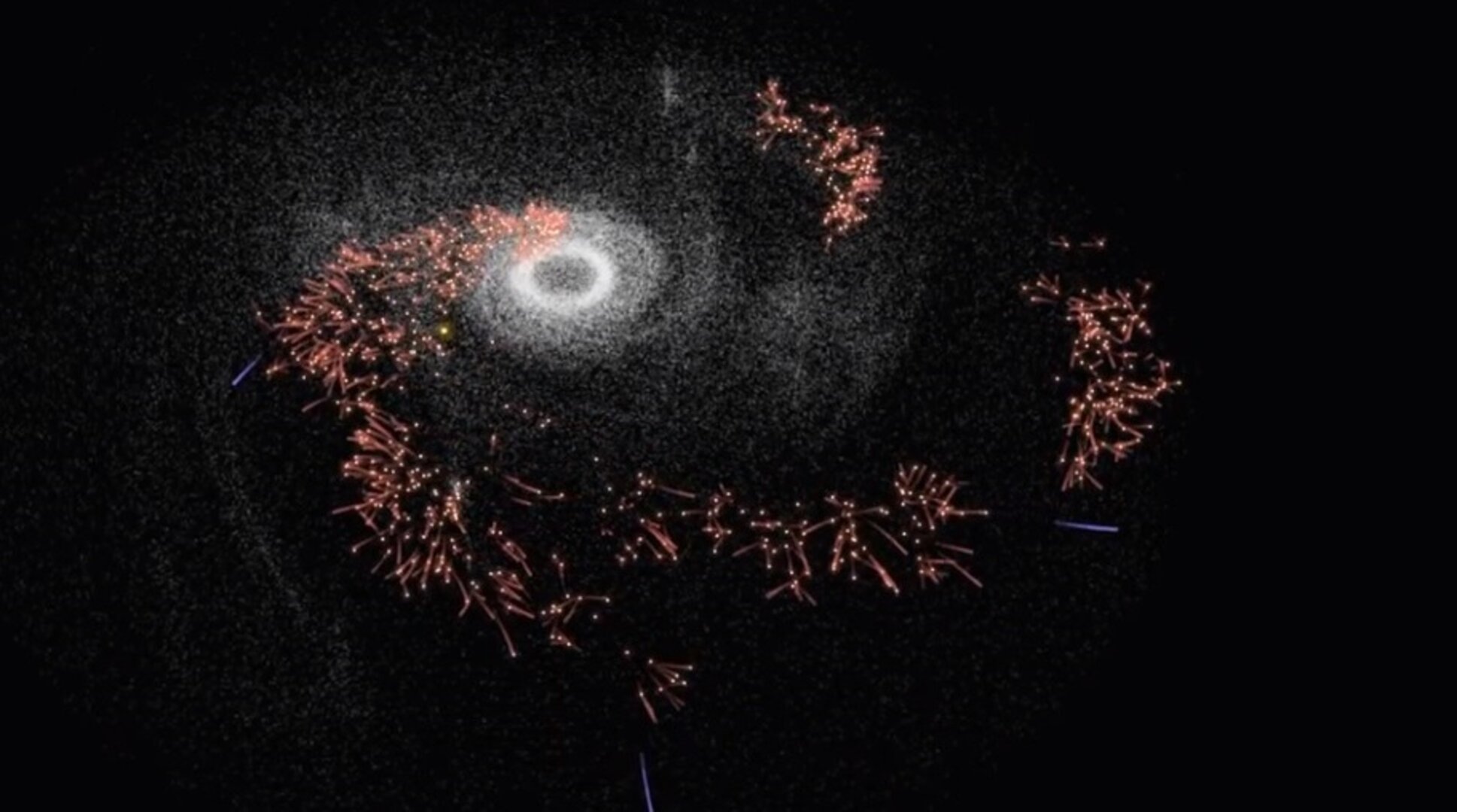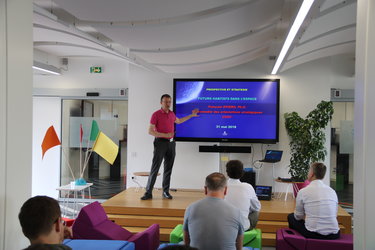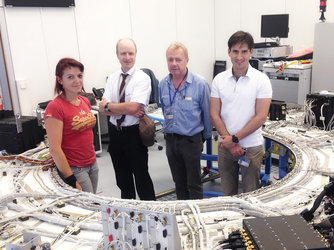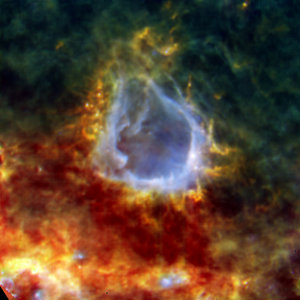Accept all cookies Accept only essential cookies See our Cookie Notice

About ESA
The European Space Agency (ESA) is Europe’s gateway to space. Its mission is to shape the development of Europe’s space capability and ensure that investment in space continues to deliver benefits to the citizens of Europe and the world.
Highlights
ESA - United space in Europe
This is ESA ESA facts Member States & Cooperating States Funding Director General Top management For Member State Delegations European vision European Space Policy ESA & EU Space Councils Responsibility & Sustainability Annual Report Calendar of meetings Corporate newsEstablishments & sites
ESA Headquarters ESA ESTEC ESA ESOC ESA ESRIN ESA EAC ESA ESAC Europe's Spaceport ESA ESEC ESA ECSAT Brussels Office Washington OfficeWorking with ESA
Business with ESA ESA Commercialisation Gateway Law at ESA Careers Cyber resilience at ESA IT at ESA Newsroom Partnerships Merchandising Licence Education Open Space Innovation Platform Integrity and Reporting Administrative Tribunal Health and SafetyMore about ESA
History ESA Historical Archives Exhibitions Publications Art & Culture ESA Merchandise Kids Diversity ESA Brand Centre ESA ChampionsLatest
Space in Member States
Find out more about space activities in our 23 Member States, and understand how ESA works together with their national agencies, institutions and organisations.
Science & Exploration
Exploring our Solar System and unlocking the secrets of the Universe
Go to topicAstronauts
Missions
Juice Euclid Webb Solar Orbiter BepiColombo Gaia ExoMars Cheops Exoplanet missions More missionsActivities
International Space Station Orion service module Gateway Concordia Caves & Pangaea BenefitsLatest
Space Safety
Protecting life and infrastructure on Earth and in orbit
Go to topicAsteroids
Asteroids and Planetary Defence Asteroid danger explained Flyeye telescope: asteroid detection Hera mission: asteroid deflection Near-Earth Object Coordination CentreSpace junk
About space debris Space debris by the numbers Space Environment Report In space refuelling, refurbishing and removingSafety from space
Clean Space ecodesign Zero Debris Technologies Space for Earth Supporting Sustainable DevelopmentLatest
Applications
Using space to benefit citizens and meet future challenges on Earth
Go to topicObserving the Earth
Observing the Earth Future EO Copernicus Meteorology Space for our climate Satellite missionsCommercialisation
ESA Commercialisation Gateway Open Space Innovation Platform Business Incubation ESA Space SolutionsLatest
Enabling & Support
Making space accessible and developing the technologies for the future
Go to topicBuilding missions
Space Engineering and Technology Test centre Laboratories Concurrent Design Facility Preparing for the future Shaping the Future Discovery and Preparation Advanced Concepts TeamSpace transportation
Space Transportation Ariane Vega Space Rider Future space transportation Boost! Europe's Spaceport Launches from Europe's Spaceport from 2012Latest

Modelling galactic settlement
Thank you for liking
You have already liked this page, you can only like it once!
What looks like a still of an exploding firework is actually taken from an ESA simulation of humankind’s expansion across the stars, produced for an international competition. Each dot is a habitable star system, with the coloured stripes representing interstellar expeditions between them.
ESA’s Advanced Concepts Team think tank came third in the latest Global Trajectory Optimization Competition – known as the ‘America’s Cup of Rocket Science’. Instead of navigating the high seas, it challenges the world’s best aerospace engineers and mathematicians to direct spacecraft through space as part of an incredibly complex problem.
This year’s challenge, set by NASA’s Jet Propulsion Laboratory as the previous winner, looked forward to a distant future when humankind has the capability and will to settle our entire Milky Way galaxy. Teams were challenged to settle as many of the one hundred thousand star systems suitable for settlement in as uniform a distribution as possible, using as little propulsive velocity change as possible.
The winning team was made up of representatives from a quartet of Chinese research organisations: College of Aerospace Science and Engineering; National University of Defense Technology, Changsha; State Key Laboratory of Astronautic Dynamics and Xi'an Satellite Control Center, Xi'an.
Last week ESA’s ACT hosted a two-day workshop on interstellar exploration, during which this video was shown. Topics under discussion included designing ‘worldships’ to sustain generations of inhabitants during the trip between stars, laser-based propulsion, self-healing materials and the likely social structure of such worldships, even down to how their language might evolve.
-
CREDIT
ESA ACT -
LICENCE
ESA Standard Licence

CNES's Francois Spiero

Glowing jewels in the Galactic Plane

Surrounded by Gaia

The Galactic bubble RCW 120















 Germany
Germany
 Austria
Austria
 Belgium
Belgium
 Denmark
Denmark
 Spain
Spain
 Estonia
Estonia
 Finland
Finland
 France
France
 Greece
Greece
 Hungary
Hungary
 Ireland
Ireland
 Italy
Italy
 Luxembourg
Luxembourg
 Norway
Norway
 The Netherlands
The Netherlands
 Poland
Poland
 Portugal
Portugal
 Czechia
Czechia
 Romania
Romania
 United Kingdom
United Kingdom
 Slovenia
Slovenia
 Sweden
Sweden
 Switzerland
Switzerland
























